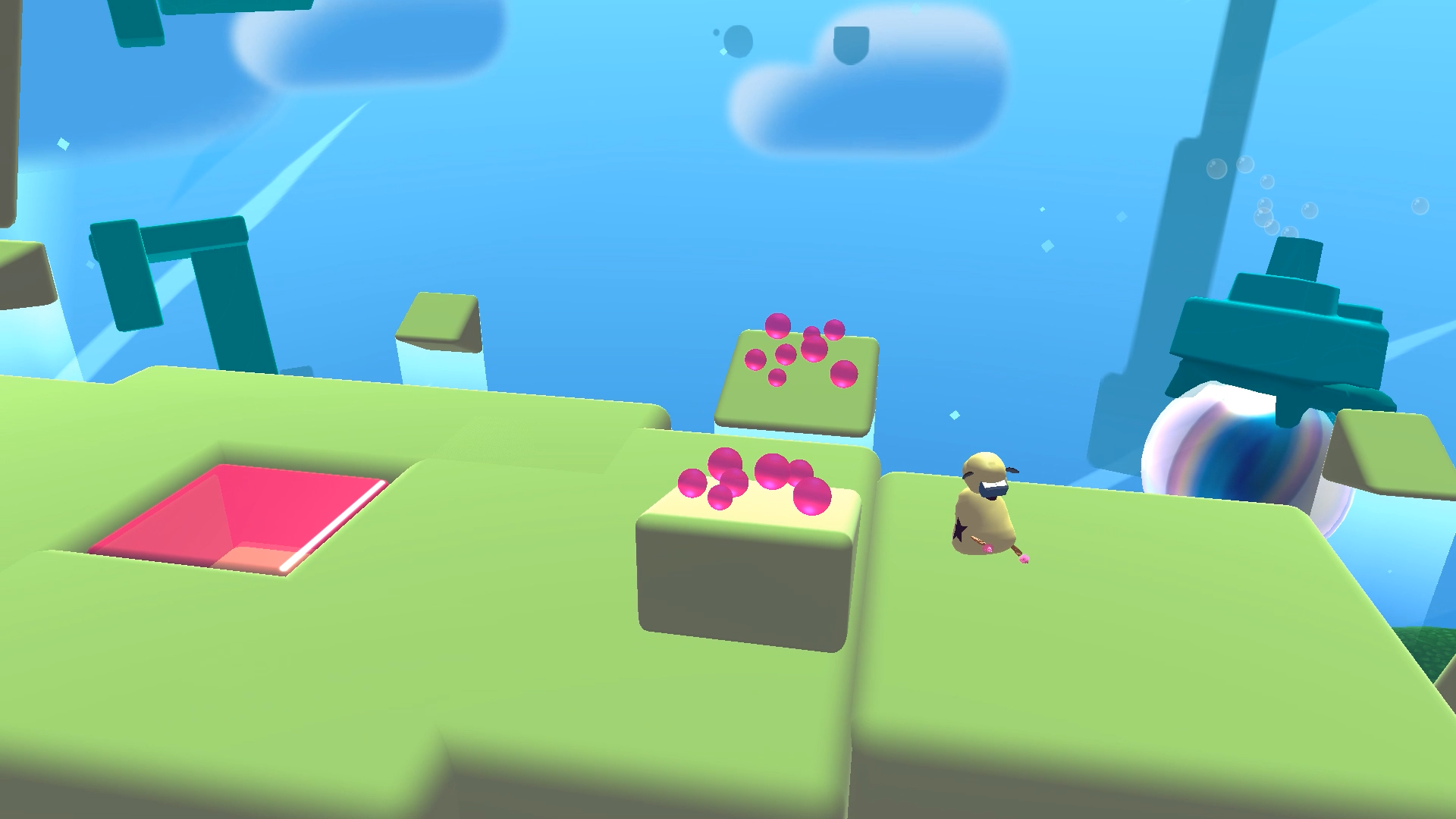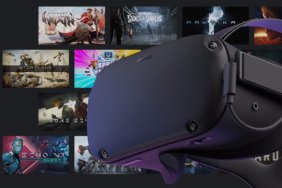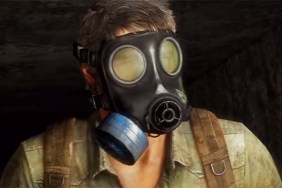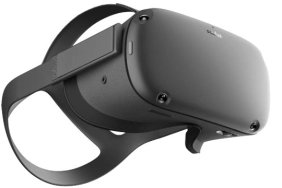At the Oculus Rift launch preview event, but in a completely different world, I stood on a green platform floating in space, next to what appeared to be a spacesuit helmet, and a green-glass cat nearby with balloons sticking out of it and formed in the shape of a wooden beam and a broad wheel. I knew, from previous levels, that attaching a beam to the wheel would make it roll forward perpetually, and I could grab as many balloons as I wanted; the cat would always have more.
In Fantastic Contraption, the point is to solve physics-based problems in virtual reality, and it's one of the best teaching tools in understanding physics… while also being downright fun. My goal was to get a pink balloon across a gap between platforms, into a pink box area on the next, lower platform. The area I had to work in was limited, and while I could cheat and build things and move them outside of the area, if I completed the level that way I would be branded a cheater to anyone who looked at my solutions online.
I started by pulling wood balloons out of the cat and stretching them with my hands before connecting them together, taking a workman-like pace as I tried to build a small upright bridge that would fall and land across the gap between the platforms in front of me. This would allow a small car I was making—with the pink balloon attached—to drive across it and reach the goal. After working for several minutes, the developers from Northway Games and Radial Games—who are collaborating on the project—gave me a few hints, telling me about a joint that was next to my right ear that would make the connection points stiff instead of floppy. I reached up with my right hand and pulled a trigger on the Oculus Touch controller and came back with a black orb that I used to fuse my Tinker Toy-like bridge's legs together.
When I pushed the play button, the bridge (which I had spent a lot of time creating a stable base for) fell from its upright position to land stably between the two platforms, but the car I’d made caromed off the side of the bridge before it had landed and fell into the pit below. I pressed the button to return to the start, and moved the car further back before hitting play again: Success! It trundled over the bridge and into the pink area. From outside of the world I was in, I heard a smattering of applause and cheering from the crowd.
The devs liked my contraption so much (the combination of the bridge and car), they asked me to save it. I slipped the spacesuit helmet nearby over my head to activate the menu system. With the helmet on I saw several tables that hadn’t been there before, as if transported to a pocket-dimension by putting it on. One table was covered with the levels I’d already completed, and another with contraptions used as solutions that players had made to get through them. I picked up a prior contraption I’d saved, and tossed it into the flaming incinerator nearby, and took the small, to-scale model of my contraption and replaced the one I had just gotten rid of.
This is what it’s like to play Fantastic Contraption, a 3D virtual reality remake of a 2D physics-based cellphone game–with the same premise and name—that Northway Games created in 2008. It’s a great example of the kind of game that feels like it could only be this intuitive with a VR interface. It joins other idiosyncratic VR titles—like Solfar's VR “documentary game” Everest that uses 3D surround audio cues to simulate exhaustion and shortness of breath and Ubisoft’s ultra-weird bird-of-prey simulator, Eagle Flight)—in using VR to give people experiences they can’t get through other mediums.
Radial Game's Andy Moore told me that they had already donated the game to some schools, where it was being used to teach children elementary-level physics. I can believe it, since Fantastic Contraption rewards the player for trying different approaches where they must take into account the contraption’s inertia, volume, and momentum in a physics-based environment. It inherently lends itself to teach scientific method by having players try and fail, then try again with new hypotheses on how to reach the goal with their contraptions. It’s like a playground to introduce basic concepts for the future engineers and scientists of the world.
It’s the best educational gaming experience I think I’ve ever had. All along, I felt like I was learning practical building skills through trial and error, skills I could potentially apply in real-life. What made it different from the plethora of edutainment titles out there is that it was actually incredibly fun; the challenges were clever, and it was clear that more complex challenges were waiting on the horizon, beyond my 30-minute play window.
The price and launch date are to-be-determined, but the build I played looked very nuanced and complete. It made me think of a future where, instead of the lone Apple 2 computer we had in the back of the schoolroom of my childhood to play Oregon Trail, classrooms might have an Oculus Rift or HTC Vive, to play physics puzzlers or other VR simulators that put them inside the educational world they are investigating. Indeed, for the sake of our future: Fantastic Contraption!
Fantastic Contraption
-
Fantastic Contraption #1
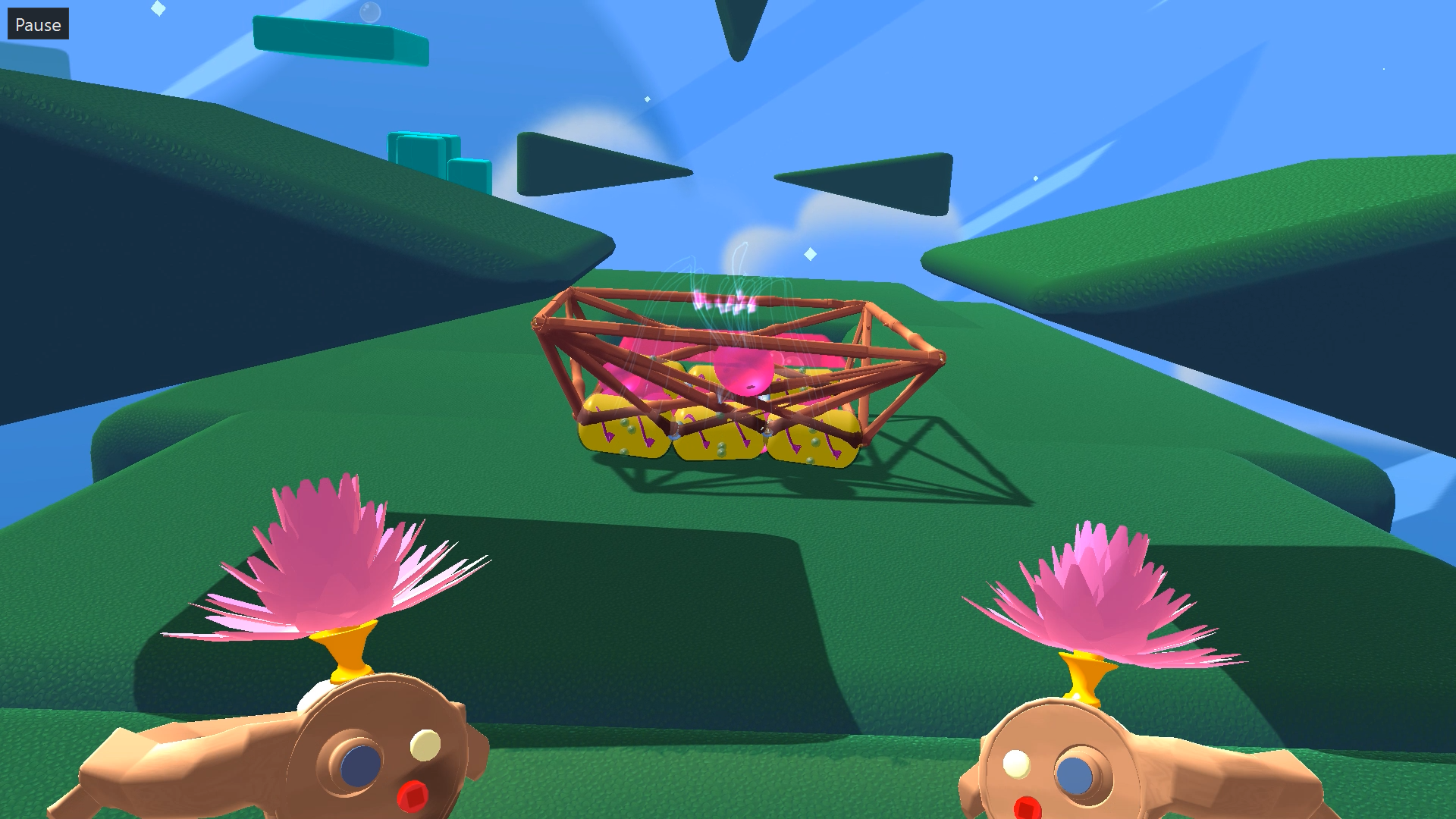
-
Fantastic Contraption #2
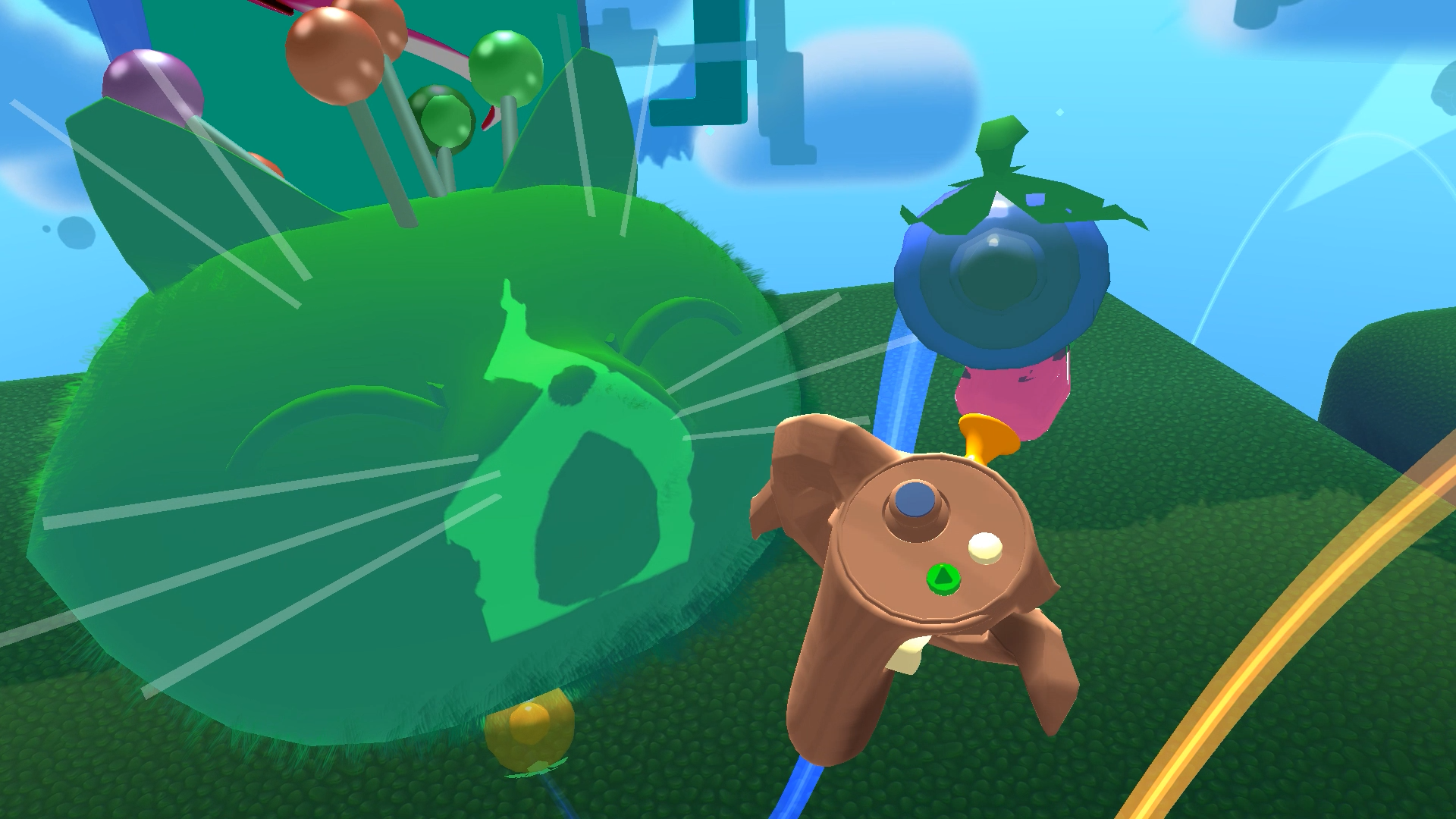
-
Fantastic Contraption #3
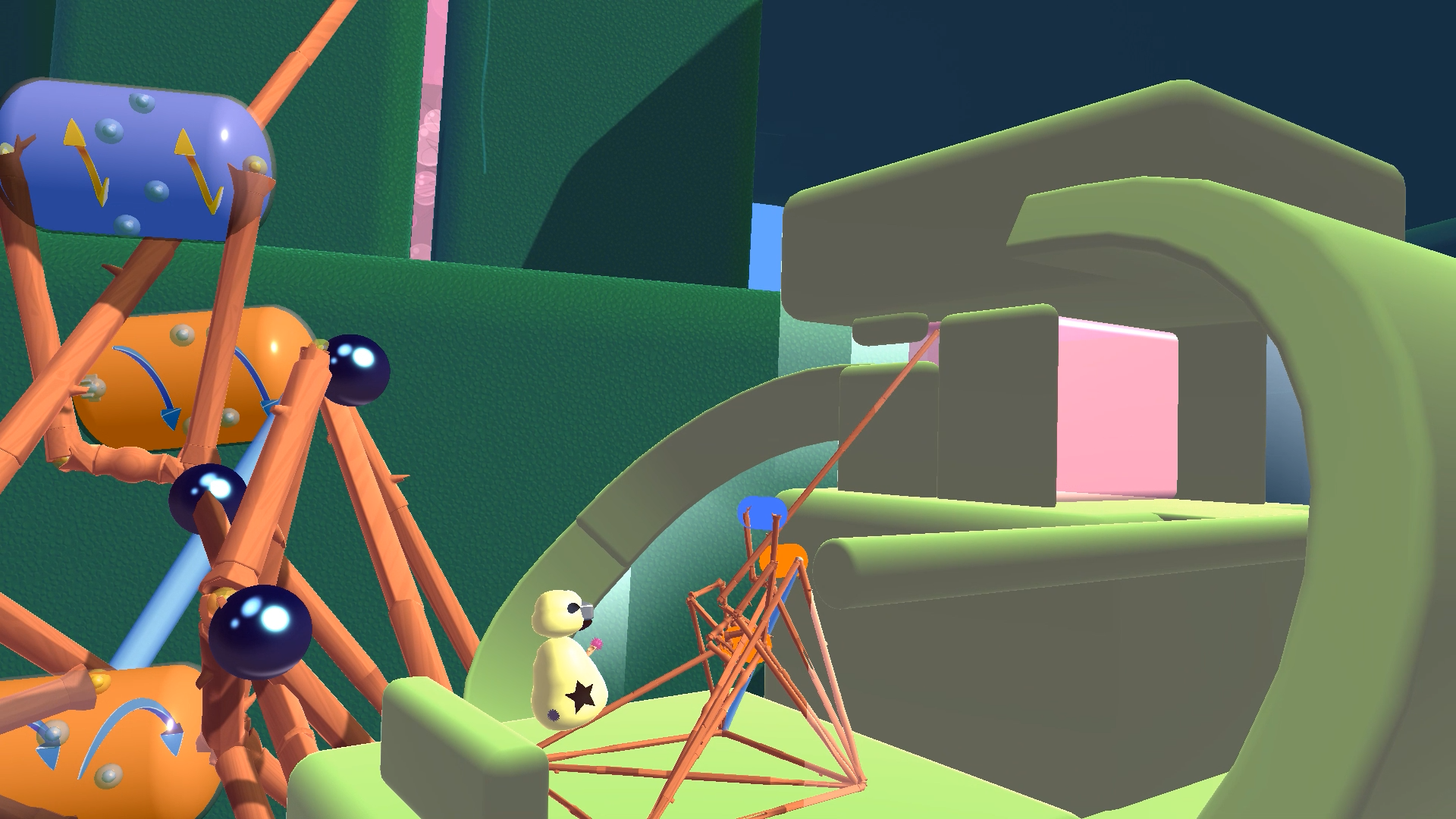
-
Fantastic Contraption #4
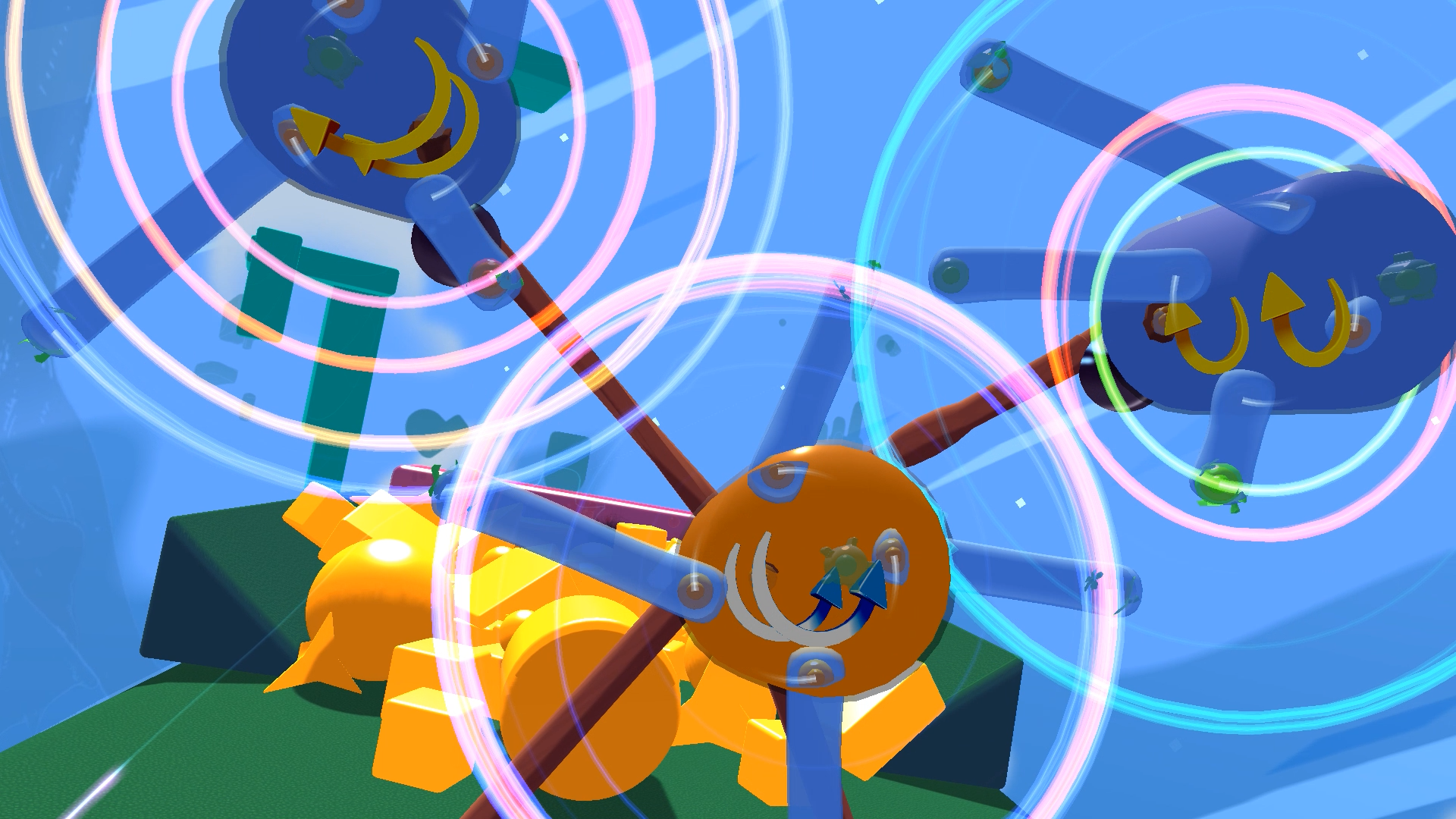
-
Fantastic Contraption #5
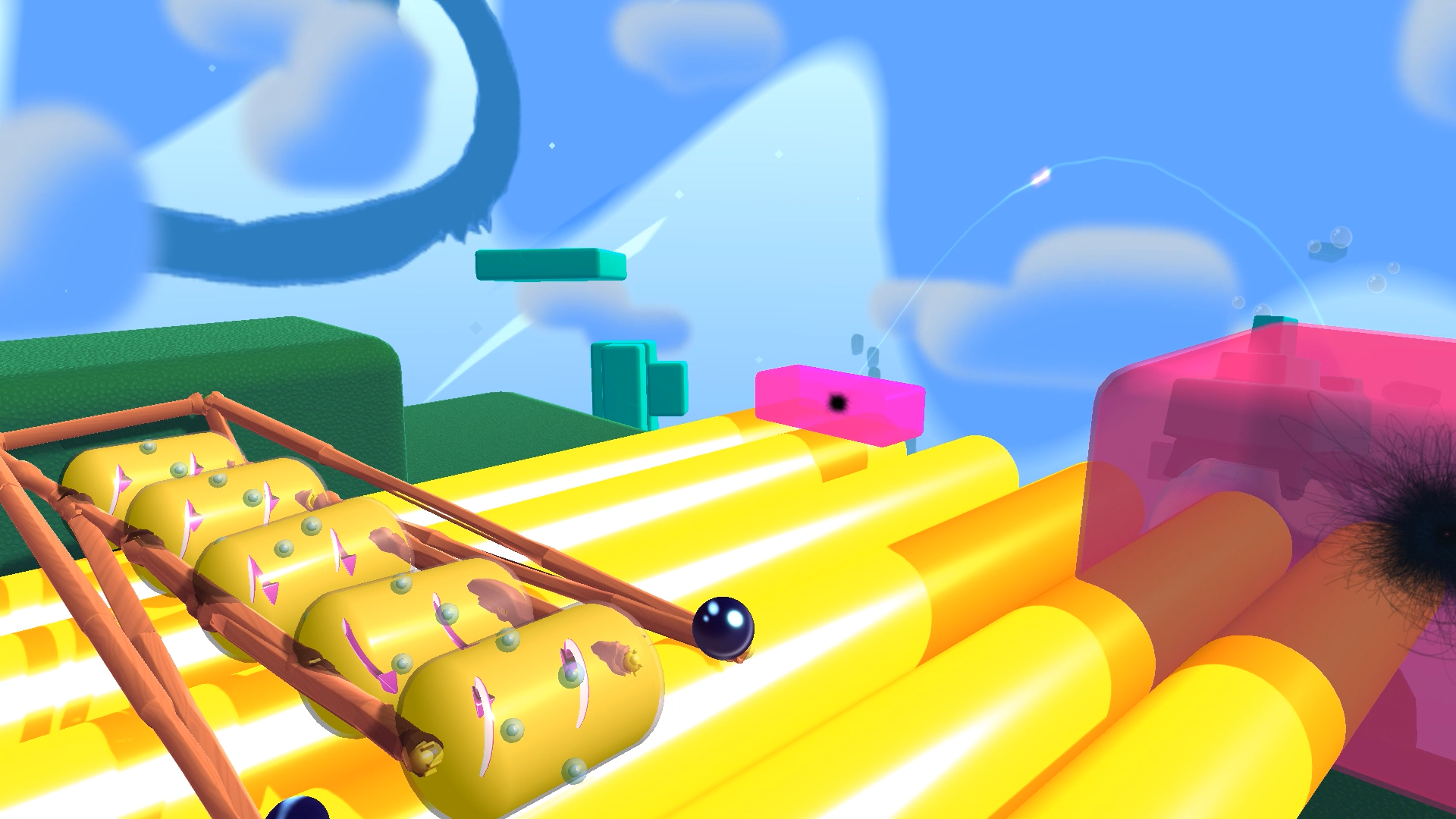
-
Fantastic Contraption #6
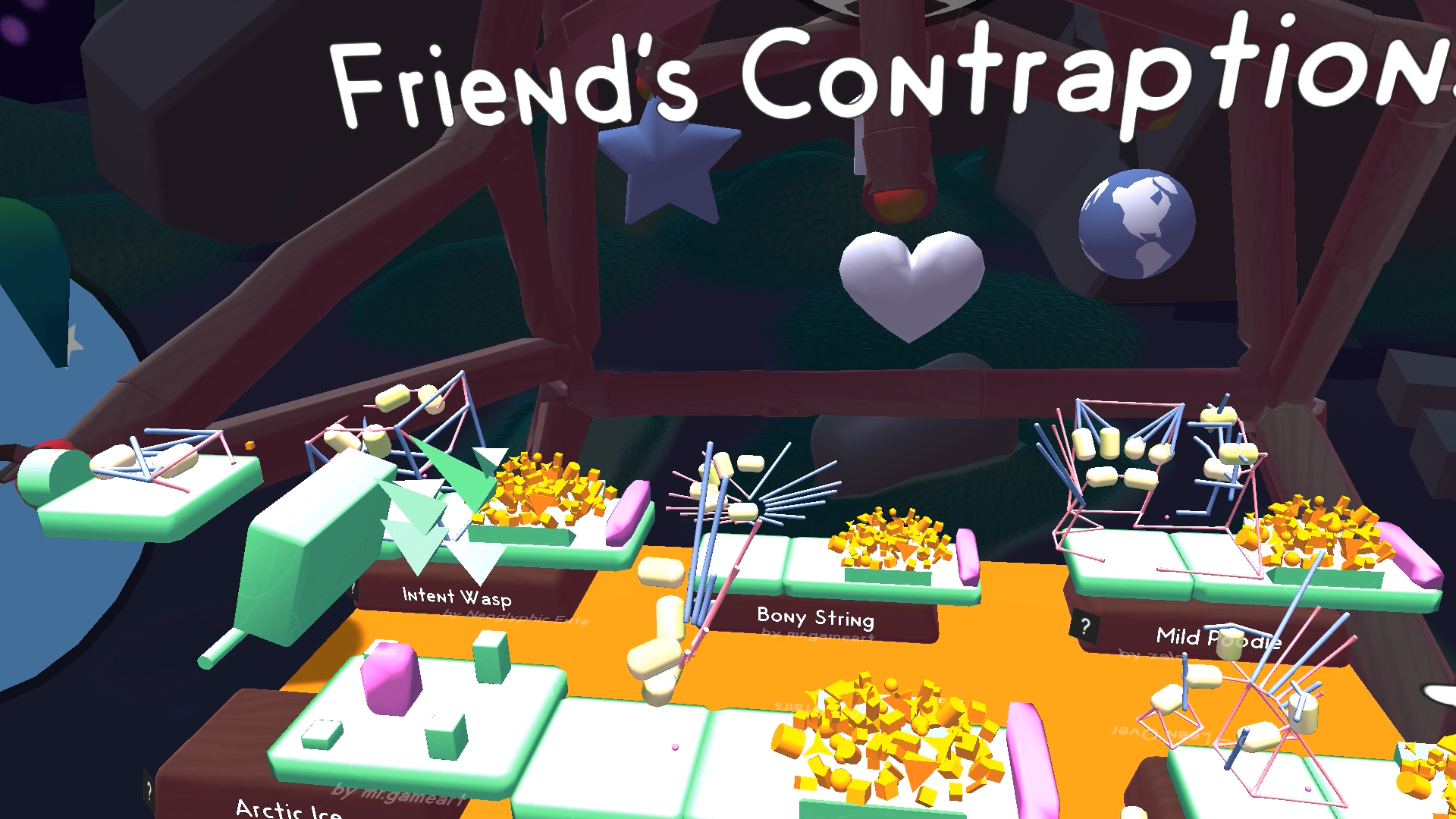
-
Fantastic Contraption #7
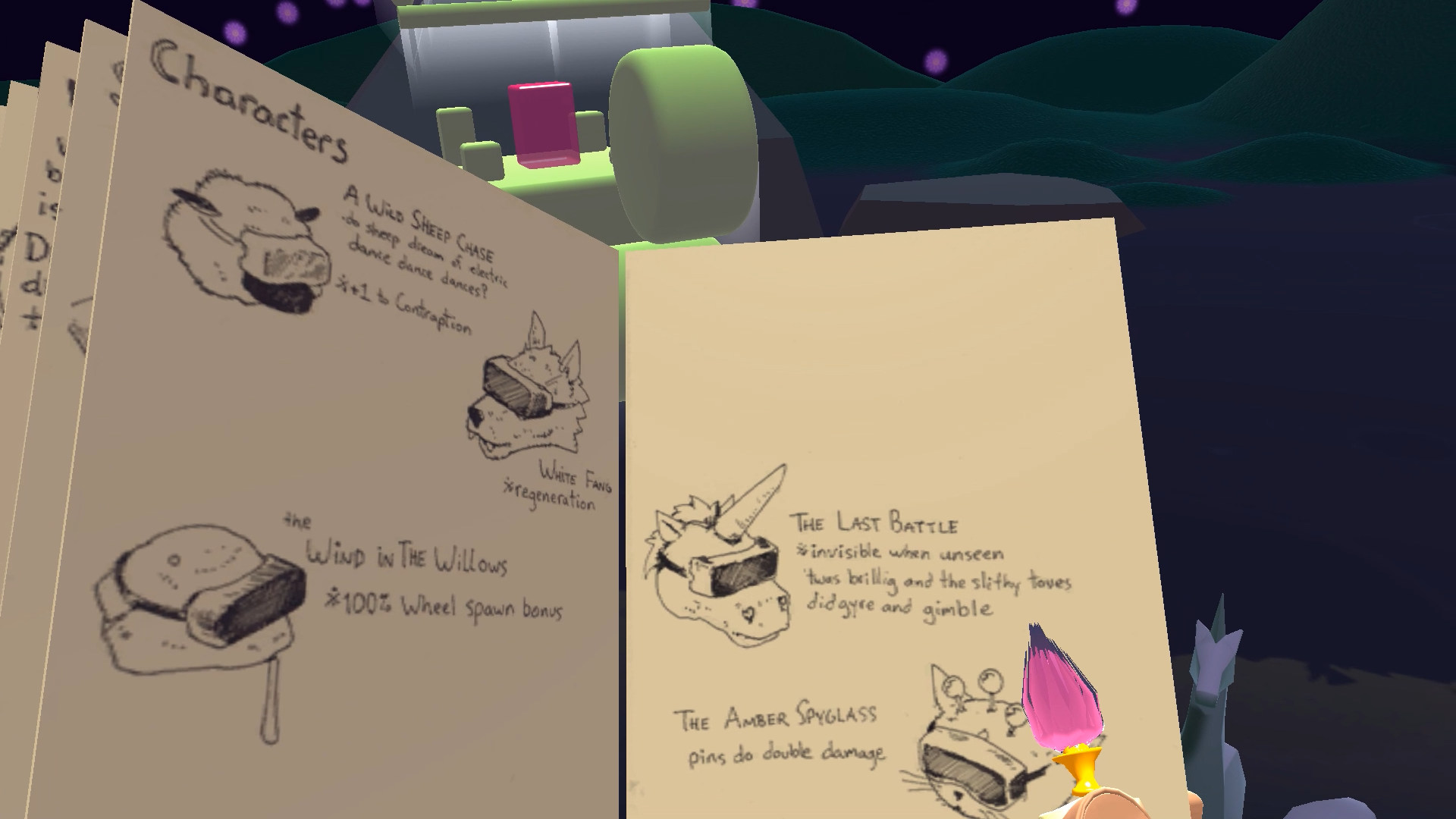
-
Fantastic Contraption #8
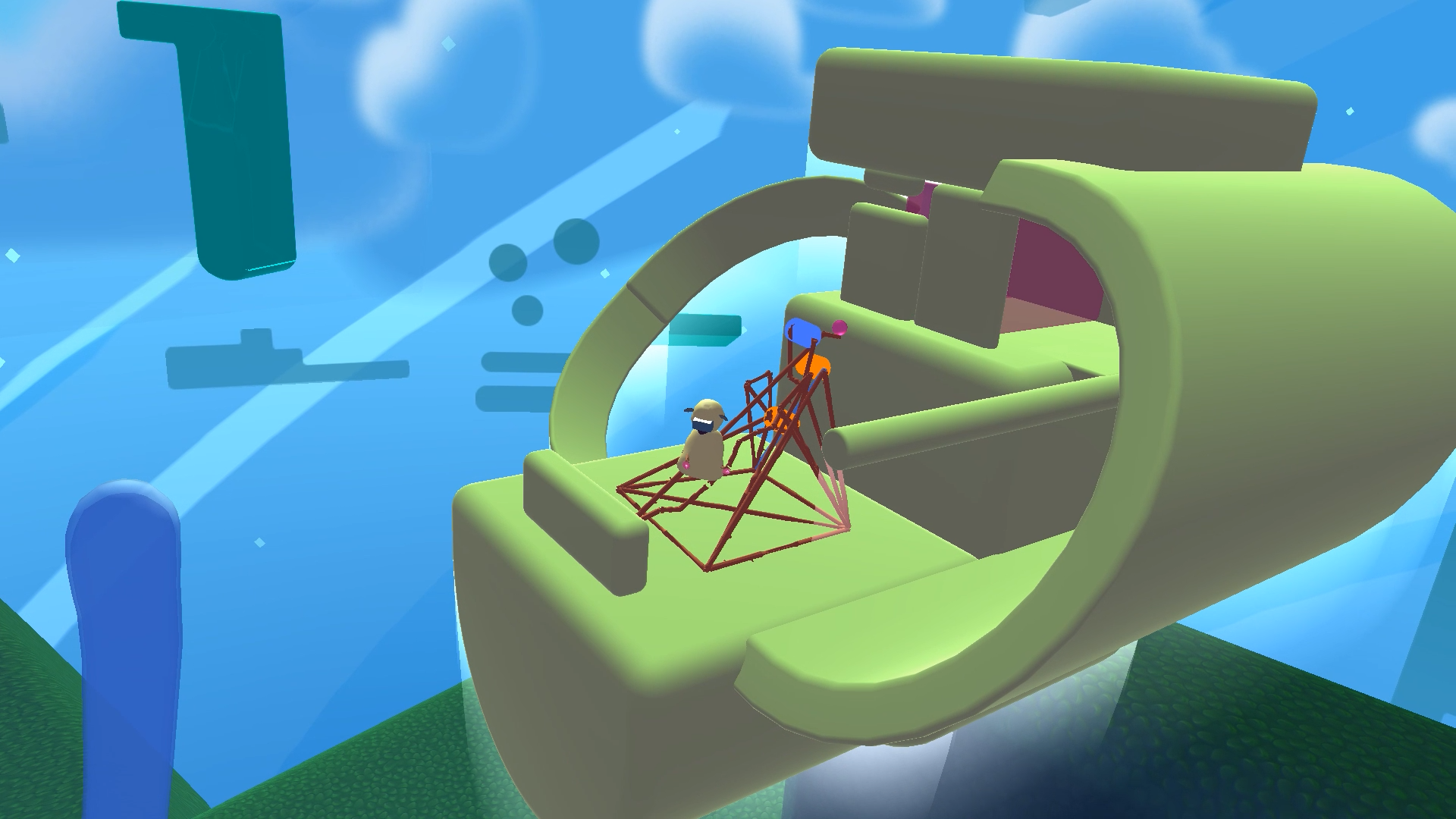
-
Fantastic Contraption #9
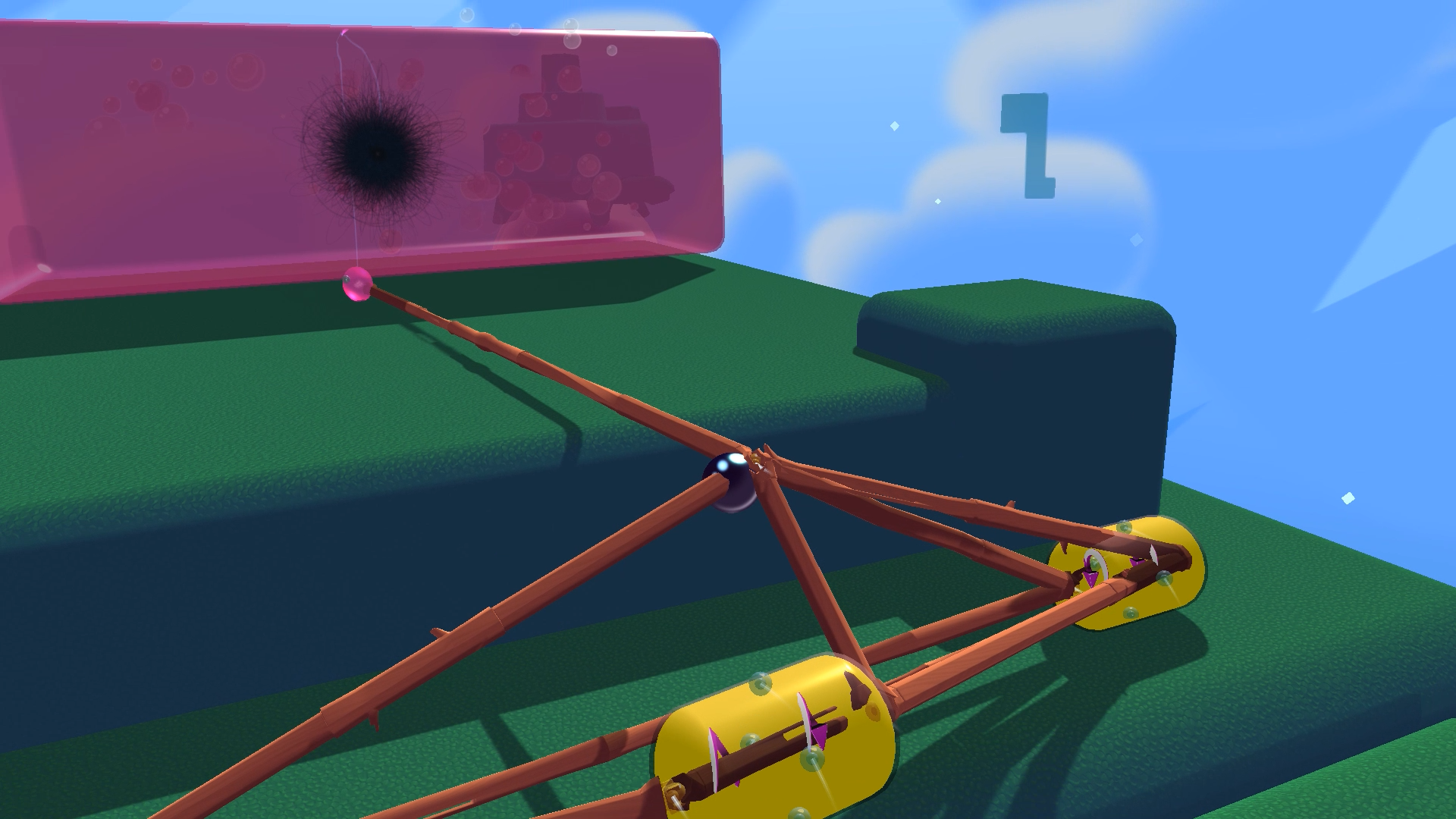
-
Fantastic Contraption #10
